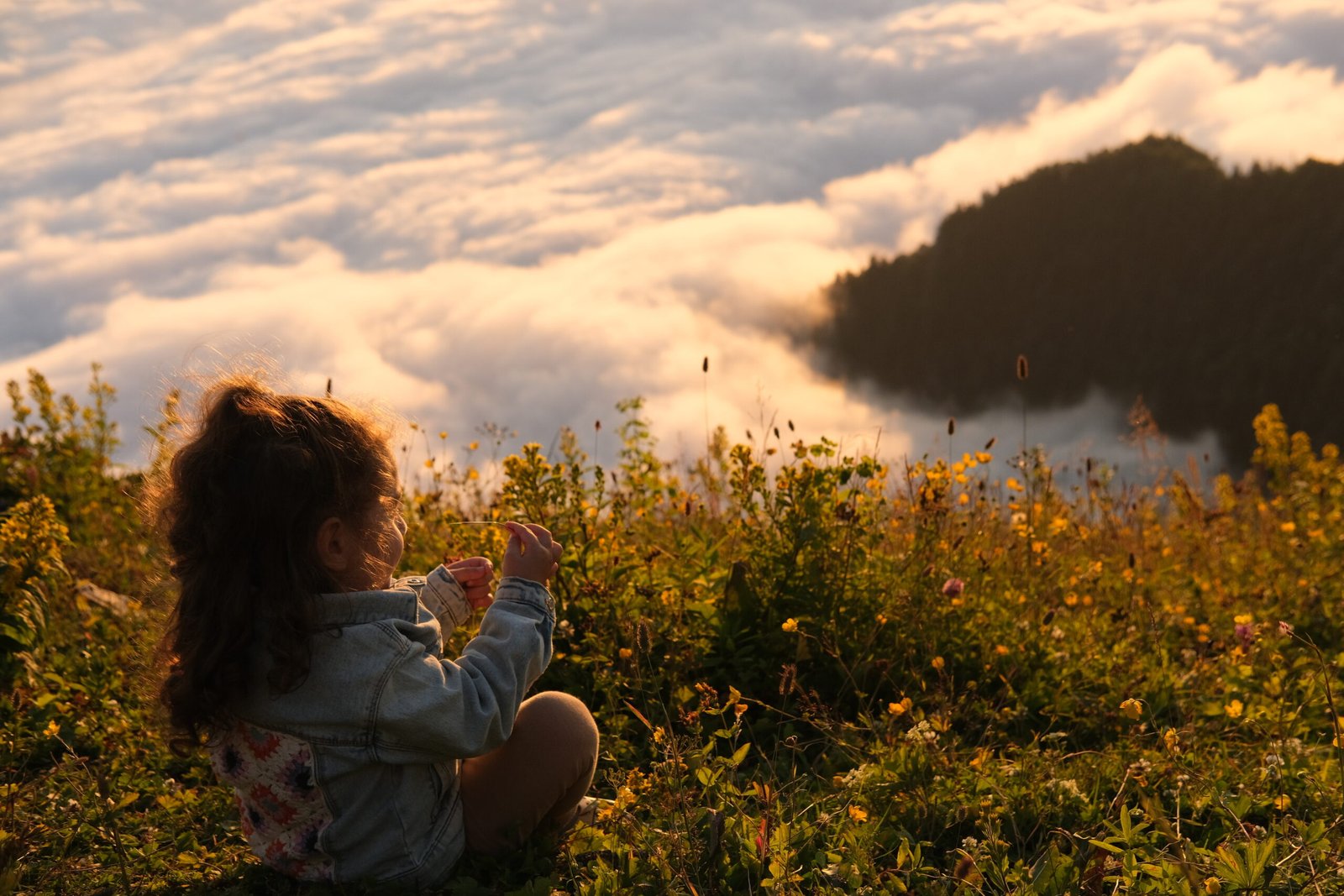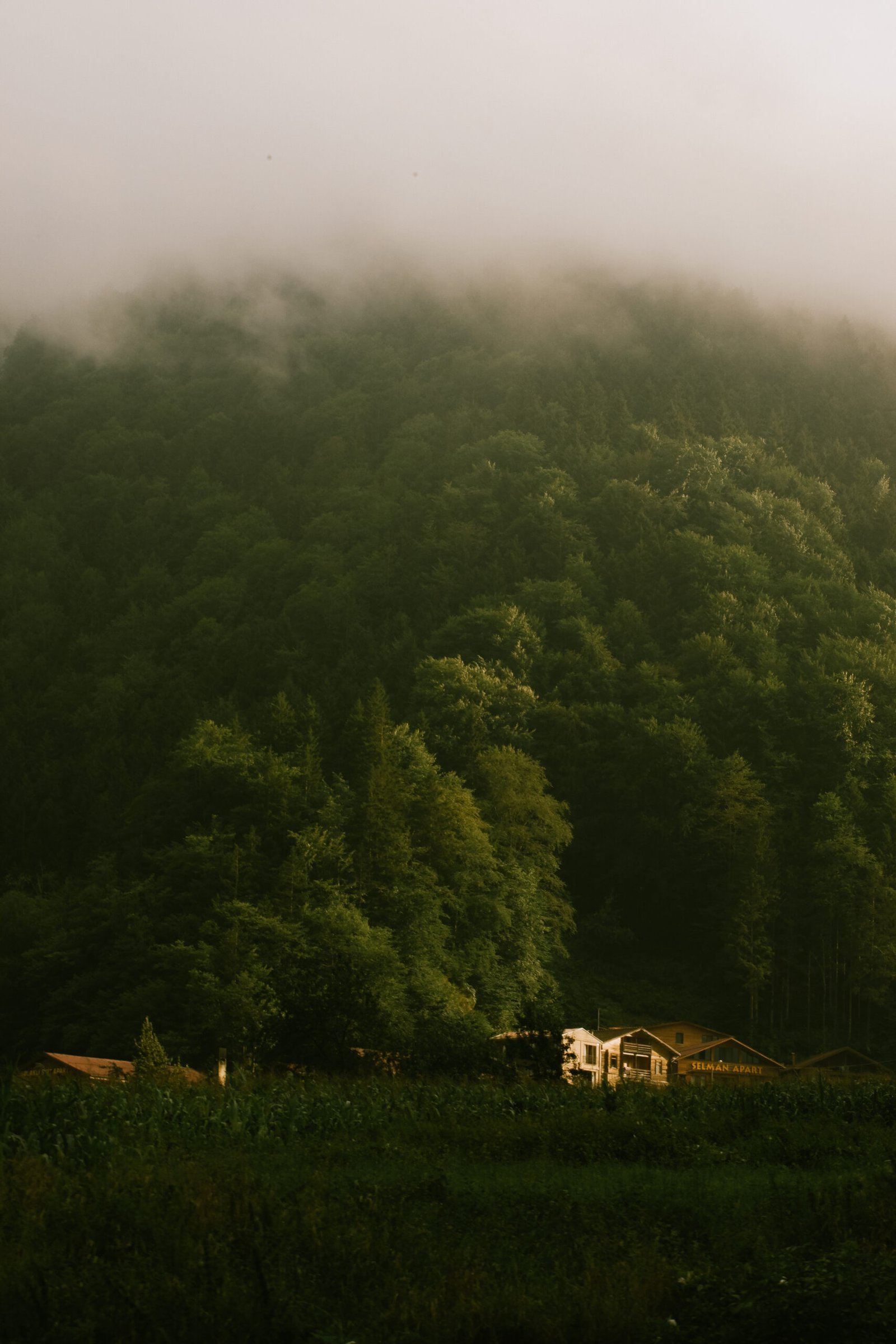
Savoonga, Alaska
Imagine a remote and enchanting place nestled in the vast, untamed landscapes of Alaska. Savoonga, a city steeped in history and surrounded by breathtaking natural beauty, emerges as a true hidden gem. As one of the many unique cities in Alaska, Savoonga offers a glimpse into the fascinating lives of its residents and the challenges they face in this rugged terrain. Get ready to embark on a virtual journey through this captivating and picturesque destination.
Location
Geographical location
Savoonga, Alaska is located in the United States, specifically on St. Lawrence Island in the Bering Sea. It is situated off the western coast of mainland Alaska, about 165 miles southwest of Nome. The island itself covers an area of approximately 1,791 square miles and is considered one of the most remote places in the country.
Climate
Savoonga experiences a subarctic climate, characterized by long, cold winters and short, cool summers. The average winter temperatures can drop as low as -20°F, with strong winds and heavy snowfall, making it a challenging environment for its residents. The summer months bring milder temperatures, ranging from the 40s to the 60s°F, when the island becomes a bit more accessible and the sea ice melts away.
History
Early inhabitants
The history of Savoonga dates back thousands of years, with Native Alaskans being the early inhabitants of St. Lawrence Island. The Yupik people, who have a rich cultural heritage, have lived in the region for generations and have relied on the land and sea for their basic needs. Their deep connection to the island is reflected in their traditions, language, and spiritual practices.
Russian exploration
In the late 18th century, Russian explorers arrived on St. Lawrence Island, establishing fur trading posts and introducing new technologies to the Yupik people. The Russian influence, though substantial at the time, gradually diminished as the United States acquired Alaska in 1867.
American settlement
Following the purchase of Alaska, American settlers began arriving on St. Lawrence Island. The village of Savoonga was officially established in the early 20th century, becoming a hub for trade and commerce in the region. Over the years, the American influence merged with the Yupik traditions, shaping the unique cultural identity of the community.
Recent developments
In recent decades, Savoonga has faced various challenges, including a decline in traditional subsistence activities due to environmental changes and limited economic opportunities. However, the community has shown resilience and adaptability, striving to preserve its cultural heritage while embracing modern developments.

Demographics
Population
Savoonga has a relatively small population, with approximately 700 residents. The community consists mainly of Native Alaskans, predominantly Yupik Eskimos. The close-knit nature of the village fosters a strong sense of community and connection among its residents.
Ethnicity
As mentioned, the majority of Savoonga’s population is of Yupik ethnicity. The Yupik people have a deep cultural heritage rooted in their indigenous traditions and practices. The community takes pride in its cultural identity and strives to pass down their customs from generation to generation.
Languages spoken
The primary language spoken in Savoonga is Yupik, which is an Eskimo-Aleut language. English is also widely spoken, particularly among the younger generation who receive their education in both Yupik and English. The preservation of the Yupik language is of great importance to the community, and efforts are being made to ensure its continuity.
Economy
Traditional subsistence activities
Traditionally, the residents of Savoonga have relied on subsistence activities for their livelihood. Hunting, fishing, and gathering food from the land and sea have been integral to their way of life. This includes hunting marine mammals such as seals and whales, fishing for salmon and other fish, and foraging for berries and other edible plants.
Commercial fishing
Commercial fishing plays a significant role in Savoonga’s economy. The island is known for its rich fishing grounds, providing opportunities for commercial fishing enterprises. Species such as walleye pollock, Pacific cod, and king crab are important catches that contribute to the local economy.
Tourism
Savoonga has also started to explore the potential of tourism as an economic opportunity. The unique cultural heritage and stunning natural beauty of the island attract adventurous travelers interested in experiencing the remote Alaskan wilderness and learning about the Yupik traditions.
Government jobs
In addition to subsistence activities and commercial fishing, government jobs also provide employment opportunities for the residents of Savoonga. Various federal and state agencies have presence on the island, offering both full-time and seasonal employment.

Education
Schools
Savoonga has a local school system that provides education to the community. The school is committed to providing culturally-relevant education while preparing students for the challenges of the modern world. In addition to standard academic subjects, the curriculum includes Yupik language and cultural studies to ensure the preservation of the community’s heritage.
Higher education
For those seeking higher education opportunities, students from Savoonga often travel to mainland Alaska to attend colleges and universities. Higher education is seen as a pathway to broader career options but also presents challenges for those who have to leave their close-knit community and adapt to a different environment.
Transportation
Air travel
Air travel is the primary mode of transportation to and from Savoonga. The village is serviced by regular flights from Nome and other regional hubs. The airport plays a vital role in connecting the community with essential services, such as medical care and supplies.
Boat and ferry services
Due to its island location, boat and ferry services are crucial for transportation within the region. These services provide transportation for goods, including fuel and food, as well as for residents who wish to travel to neighboring communities or go fishing in nearby waters.
Snowmobiles and ATVs
During the winter months, when the sea ice forms, snowmobiles become a common mode of transportation in Savoonga. This allows residents to travel across the frozen sea, visiting neighboring villages or engaging in subsistence activities. All-terrain vehicles (ATVs) are also used for land transportation during the non-winter months.
Roads
Savoonga has a limited road network within the village, mainly consisting of unpaved roads. However, due to the remote island location and difficult terrain, road connections to other parts of Alaska are not possible.

Healthcare
Medical facilities
Savoonga has a medical clinic that provides basic healthcare services to its residents. The clinic is staffed by healthcare professionals who offer primary care, emergency services, and preventative care. However, access to specialized medical services often requires patients to travel to mainland Alaska.
Health challenges
The remote nature of Savoonga presents unique health challenges for its residents. Limited access to healthcare resources, especially during harsh winter conditions, can make it difficult for individuals to receive timely medical attention. The village also faces health concerns associated with the changing climate, such as increased risk of certain diseases and mental health issues.
Culture and Recreation
Traditional practices
The Yupik culture is rich in traditions and practices that are deeply rooted in the community of Savoonga. Traditional activities such as storytelling, dance, and music play an important role in preserving the cultural heritage. Community gatherings and ceremonies provide opportunities for sharing knowledge and passing down traditional skills to younger generations.
Arts and crafts
Artistic expression is highly valued in Savoonga, with residents engaging in various forms of arts and crafts. Traditional Yupik artwork, including intricate ivory carvings, beadwork, and basket weaving, showcases the skill and creativity of the community members. These art forms serve as a way to preserve and celebrate the cultural identity of the village.
Recreational activities
Despite the challenging climate, Savoonga offers a range of recreational activities to its residents and visitors. Hunting and fishing remain popular pastimes, providing both sustenance and enjoyment. Outdoor activities such as hiking, boating, and snowmobiling allow individuals to explore the natural beauty of the island and connect with the land and sea.
Wildlife and Nature
Marine wildlife
St. Lawrence Island is home to diverse marine wildlife, making it a haven for nature enthusiasts. The waters surrounding the island are home to numerous marine mammals, including walruses, seals, and whales. These majestic creatures can often be spotted in their natural habitat, providing a unique and awe-inspiring experience for visitors.
Land wildlife
While the island’s harsh environment limits the presence of land mammals, it is still possible to encounter Arctic foxes, reindeer, and various bird species. The island’s remote and untouched landscapes offer a glimpse into the delicate balance of nature and the resilience of the wildlife that calls it home.
Natural resources
The natural resources of St. Lawrence Island, such as fish, game, and plant life, have long sustained the residents of Savoonga. These resources are not only vital for subsistence purposes but also represent a deeper connection to the land and sea. The responsible management and preservation of these resources are integral to the island’s future sustainability.
Tourist Attractions
Historical sites
Savoonga boasts several historical sites that provide insights into the island’s past. The remnants of Russian fur trading posts, archaeological sites, and ancient Yupik settlements offer a glimpse into the rich history and cultural heritage of the community. Exploring these sites allows visitors to appreciate the deep-rooted history of the island.
Natural landmarks
The natural beauty of St. Lawrence Island is a major draw for tourists. The rugged coastline, dramatic cliffs, and expansive tundra landscapes offer breathtaking views and endless opportunities for exploration. Visitors can witness stunning sunsets, observe migratory bird species, or simply immerse themselves in the tranquility of the island’s natural surroundings.
Festivals and events
Savoonga celebrates its cultural heritage through various festivals and events throughout the year. These gatherings feature traditional Yupik dances, music performances, storytelling, and arts and crafts exhibitions. Attending these events allows visitors to experience the vibrant spirit of the community and gain a deeper appreciation for its culture.
In conclusion, Savoonga, Alaska embodies a rich cultural heritage, a resilient community, and a stunning natural environment. Despite its remote location and challenging climate, the village thrives by preserving its traditions, embracing modern developments, and providing a warm welcome to those who venture to explore the unique beauty of this Alaskan gem.
